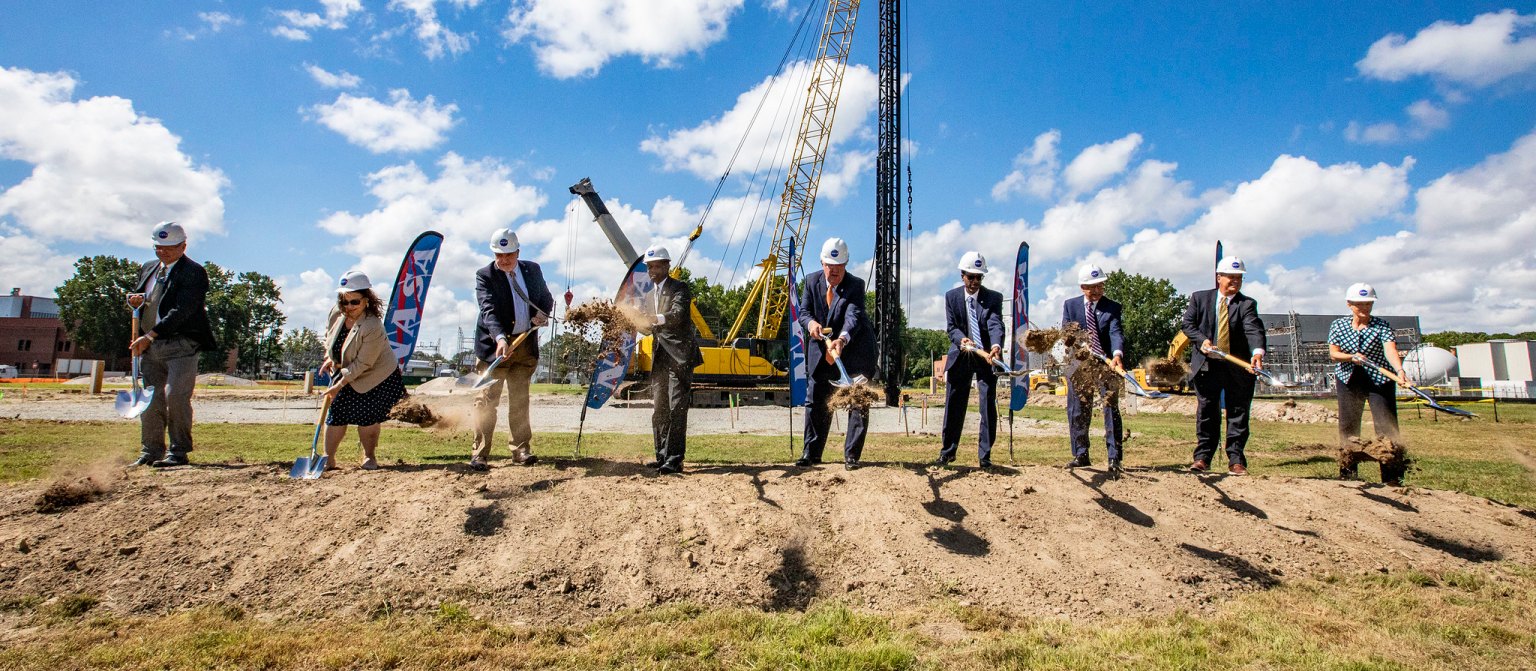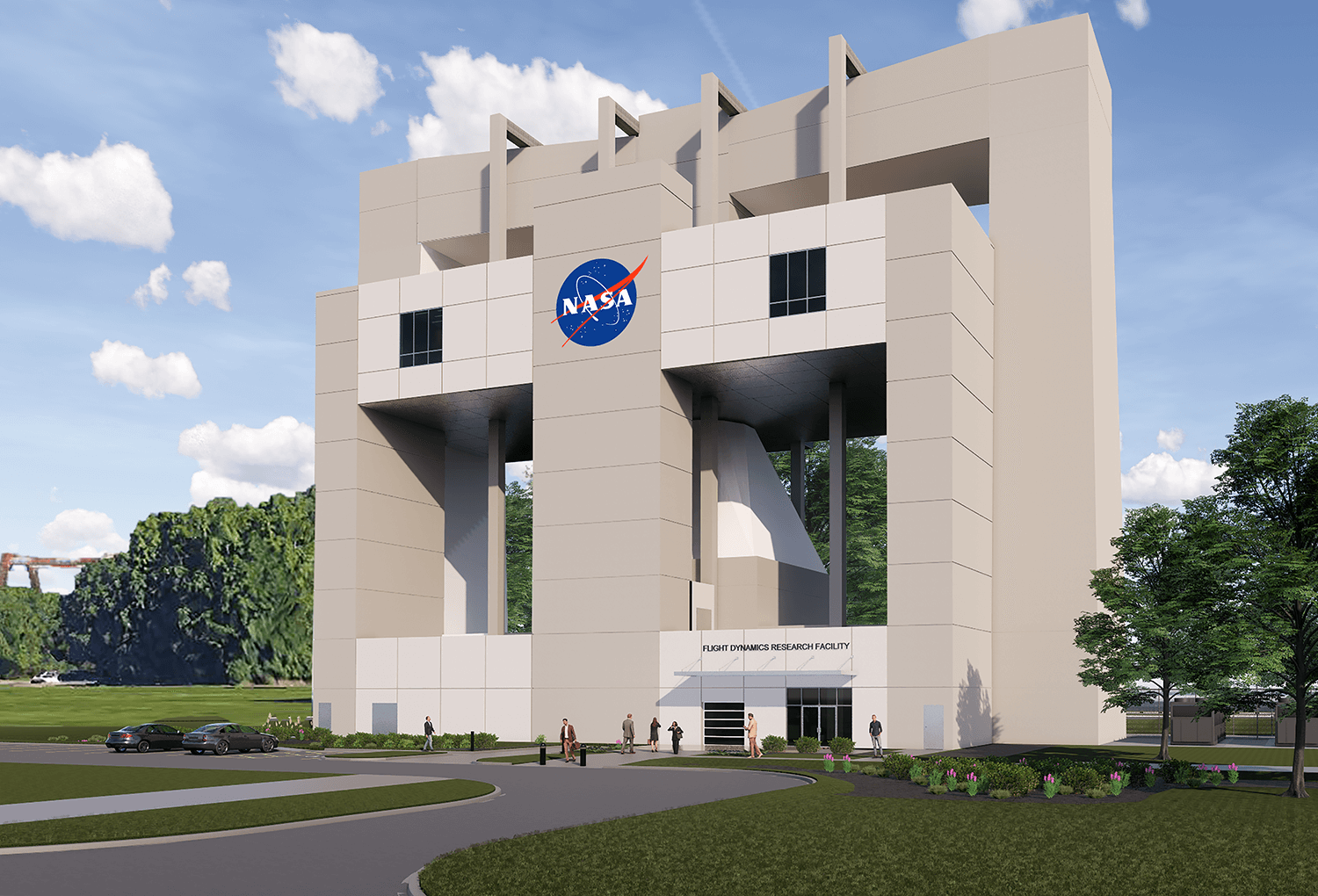NASA Langley hosted a groundbreaking ceremony on August 17th, 2022, in Hampton, Virginia, to celebrate the beginning of construction on the center’s first major wind tunnel in more than 40 years.
The new wind tunnel, called the Flight Dynamics Research Facility (FDRF), will provide researchers with a highly versatile and cost-effective vertical wind tunnel for conducting research and technology development that supports diverse NASA missions, including aeronautics research, space exploration, and science.
Since the late 1930s and early 1940s, NASA aeronautic researchers have used the historic 12-foot Low Speed tunnel and the Vertical Spin Tunnel, respectively, to reduce the design risk of countless aircraft.
The FDRF will have significantly greater capability than the two existing tunnels it is replacing, while greatly reducing the maintenance and operating costs. These new capabilities include increased dynamic pressure, increased Reynolds numbers and less free-stream turbulence. All of which will enable NASA and industry partners to study the flow of air traveling around aerospace vehicles, more detailed than before.
The 25,000-square-foot facility will also support entry, descent, and landing of human exploration and science missions returning from the Moon and Mars, as well as exploration of Venus and Saturn’s moon, Titan.
This new facility will also play a key role in testing the next generation of aviation. The FDRF will help with efforts in sustainable aviation – as NASA Aeronautics continues to make progress on achieving its goal of net-zero emissions by 2050, as well as developments in Advanced Air Mobility and experimental aircraft.
“What we’re going to do with this facility is literally change the world,” said Clayton Turner, director of NASA Langley Research Center. “The humble spirit of our researchers and this effort will allow us to reach for new heights, to reveal the unknown, for the betterment of humankind.”
Turner went on to thank the community that surrounds and supports NASA Langley including the city of Hampton and the state of Virginia.
“When you can do what you love, in a place you love to be, that’s what makes magic, and we want to make magic for all 330 million Americans,” said Turner.
The FDRF is the next large project in NASA Langley’s facility revitalization master plan. The facility honors Langley’s commitments to transformation, providing world-class research and reducing old infrastructure.
NASA signed an interagency agreement with the U.S. General Services Administration (GSA) in April 2018, to begin acquisition planning. In September 2021, GSA awarded a $43 million design-build construction contract to BL Harbert International.
Construction of the FDRF is expected to be complete in late 2024.
N




























